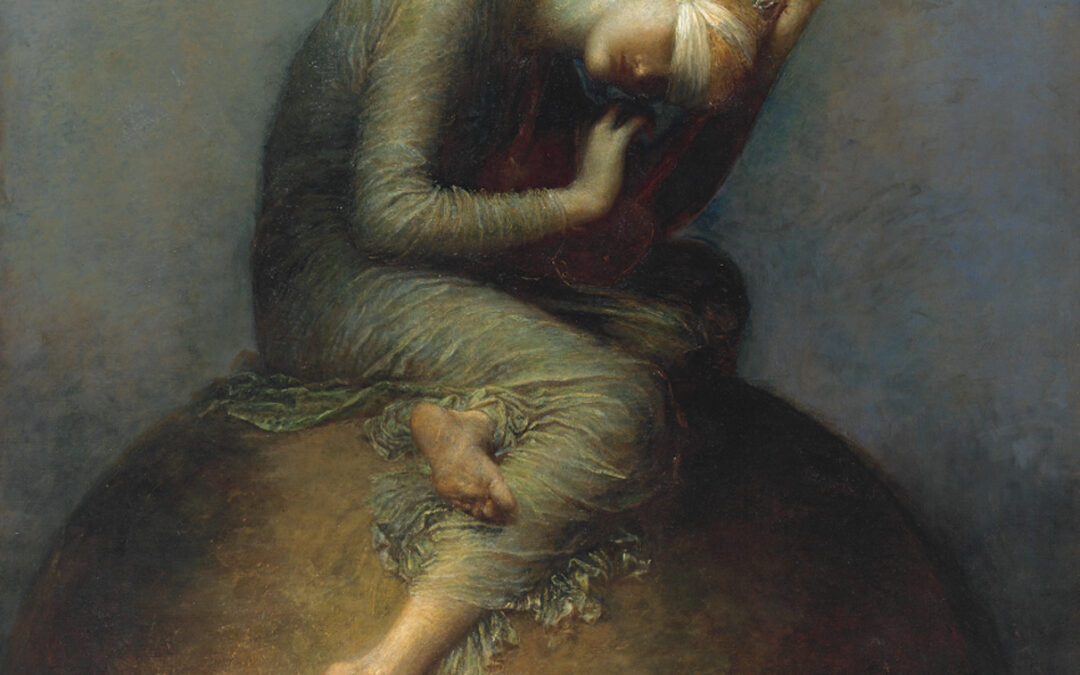A sigh on the breeze, a delicate transience passing through, life is so fragile and precarious. How do we deal with grief? As a loved one fades away leaving us like a lone pillar holding up a ceiling ready to crash down around us, it can feel like all is in ruins and a colossal effort is needed to rebuild life.
I lost my mother eighteen months ago now and the thought of her still overwhelms me at times. There is no limit, no rules to say how long we grieve for, there is just individual experience and unique time unfolding. After my mother died I became anxious and depressed as my world changed and I felt the dread of loneliness even though I was never alone due to having a close and loving family and friends. Initially I was both numb and overcome with loss and I still shed a tear now as I write this thinking about the depths of my feelings; no, not thinking about them, feeling them. Why am I writing this? It is cathartic to share, plus, I know many of you will have gone through similar feelings and similar loss. Grief doesn’t even have to be linked to death. One can grieve over all sorts of things; the lost touch of a friend or lover, missing someone or some place that you’re emotionally attached to. We can grieve heavily over any kind of loss and emotional change, especially if one is sensitive and living with a mood or personality disorder. Feelings can linger on and on and on, and it seems there will be no reprieve, but, there will be. There is always hope amidst the gloom and a vestige of song in the soul somewhere to be found if we trawl deep enough. I, like many of you, find comfort and hope in art. This leads me to want to share a painting with you by George Frederick Watts, a painting indeed entitled Hope (see above).
Hope is that transient intangible feeling that we can’t truly explain. Yet it rescues us time and time again as we have this natural knowledge of self worth that activates itself when we need it to, no matter how low we go. George Frederic Watts’ famous painting, Hope, that hangs in the Tate Gallery, London, is a visual feast of the feeling of dejection that leads to this hope in ourselves catalyzing into action. Watts said of his allegory, Hope, that:
‘Hope need not mean expectancy. It suggests here rather the music which can come from the remaining chord.’
In his painting, Hope’s eyes are not completely covered, there is still one remaining star in the sky, there is still one string on the lyre. This is not an image of neglect and emptiness, it is an image of fullness and potential and suggests how we can still grasp onto hope to see the stars, make music and hear the sounds, even when all seems barren and gone. Hope opens us emotionally to allow inspiration to flourish and some kind of change to evolve. Hope is inside all of us, brooding, we never lose it because it is as intrinsic to our humanity as is DNA. It is a feeling that we give a word to so we might articulate the design of it into something almost tangible. I never give up hope because that would be like losing blood, and, like blood, hope flows through me, gives me a beat to my heart, brings oxygen to my brain and a flush to my cheeks. My hope will always play music on the last string, see the brilliance and potential of the only star in the sky, witness the beauty and wonder of the world beneath my feet and lift the blindfold of darkest shadows to peek at the luminescence of ideas. Hope is not dream-like, whimsical or weak. It is a strength giver, a life force, a deliverer, a powerful bearer of light and a force behind positive action as it gently flows into our conscious thought when we need it the most.
Even in our deepest grief, there is always hope lurking and ready for us to embrace.
Picture Credit and Information on the Painting:
George Frederic Watts, Hope 1886, in Nigel Llewellyn and Christine Riding (eds.), The Art of the Sublime, Tate Research Publication, January 2013, [online] Available at:
https://www.tate.org.uk/art/research-publications/the-sublime/george-frederic-watts-hope-r1105604, Accessed 26 June 2020.

